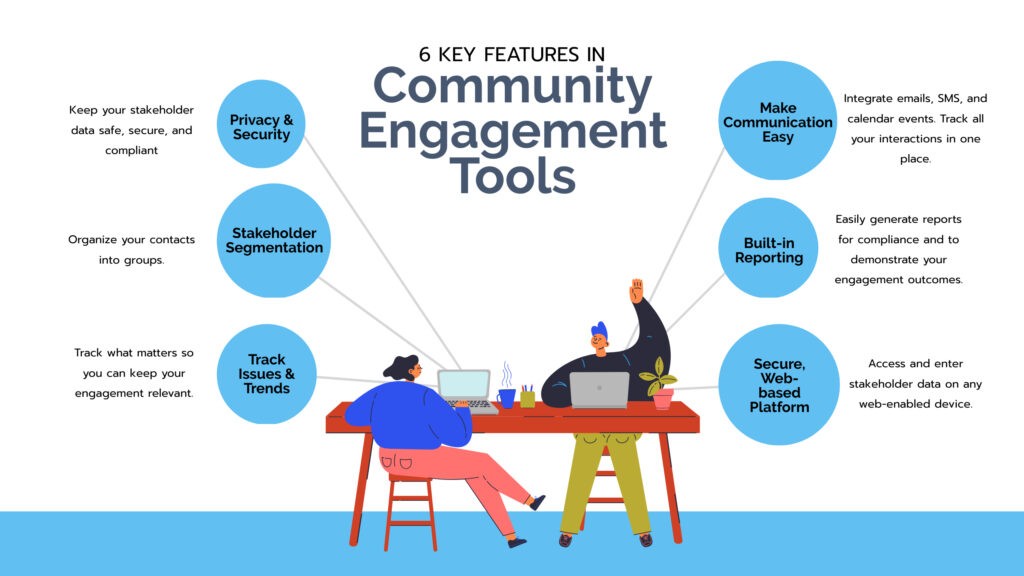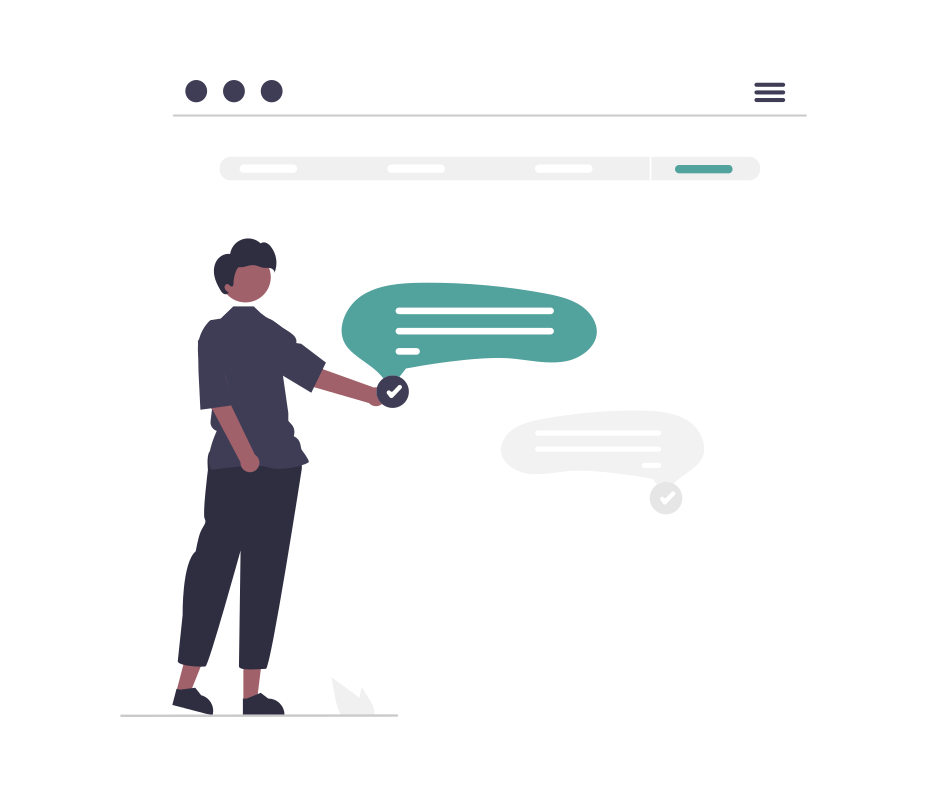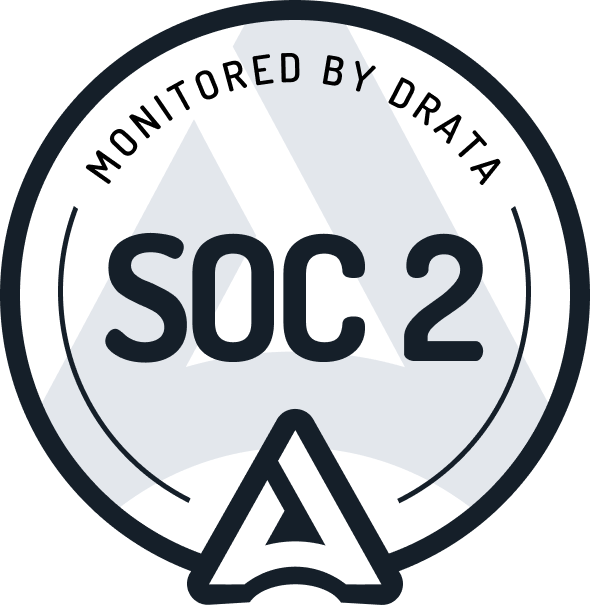Stakeholder software selection
6 Critical Features For Your Community Engagement Tool
Looking for a new tool to support your community engagement process? More than ever, organizations rely...

Looking for a new tool to support your community engagement process?
More than ever, organizations rely on community engagement software to enable efficient tracking, communication, reporting, and more. But if you’re ready to invest in software or upgrade your current toolkit, it’s essential to know what features meet your needs so that you get the best value and have a positive impact on your engagements.
More features aren’t always better — it might mean you’re paying more for something you don’t need (and needlessly complicating the user experience). On the other hand, if your software is lacking in certain features, you might miss out on delivering better quality, and more efficient engagement.
So, let’s take a look at some of the critical features for community engagement tools. But first, we’ll set the scene with a few basic concepts…
What is Community Engagement?
Community engagement involves taking a strategic approach to the interactions, relationships, and communication between an organization and members of the community.
The purpose of an engagement is to bring affected community members into decision-making processes by:
- Gathering feedback
- Understanding their concerns
- Allowing them to contribute in a meaningful way
Other commonly used terms include community consultation, public participation, citizen engagement, stakeholder engagement, and public consultation.
| Note: There’s been a rise in the use of the term ‘community engagement’ to refer to measuring, managing, or increasing the level of interactions with online content (e.g. comments, likes, shares). These interactions can form part of community engagement (from a stakeholder perspective), but this particular aspect is not the focus of this article. |
What is a Community Engagement Tool?
A community engagement tool can be anything that supports your community engagement processes. It might be software designed specifically for stakeholder or community engagement, or it might be a multipurpose tool that’s used for communication, project planning, or something else.
Types of community engagement tools may include:
- Surveys and Forms – If you need to poll or survey your community to gather their feedback or ideas, you might use a specific type of tool that can gather the data and analyze the results
- Content Management Systems – If you need to create, manage, and schedule content as part of your engagement process, you might need a suite of tools to support this process
- Virtual Event Platforms – If you need to engage a community through virtual events, you may need webinar or virtual meeting tools to live-stream your event and allow others to participate
- Forums – Some community members may benefit from access to a dedicated discussion board or online forum where they can interact with one another, ask questions, and share ideas
- Collaboration Tools – Whether working as a team on the engagement, or collaborating with stakeholders themselves, you may need to use a variety of tools for file sharing, communication, and task management
- Community engagement websites – These websites are created to house information specific to the community engagement project, such as project information, surveys, upcoming events, news, and opportunities to get involved
- Community engagement platforms – These typically include multiple engagement tools and features within a single platform, such as contact records, analysis, mapping, feedback forms, communication and reporting.
Most of the time, however, when people are talking about community engagement tools, they are referring to the latter — platforms!
Why Use Community Engagement Tools?
Your community engagement processes can benefit from the right tools and software, as they can enable you to:
- Stay organized – Tags, categories, filters, and search allow you to easily access stakeholder contact information, historical interactions, and context (ideally, all stored in one place)
- Engage more effectively – When you better understand your stakeholders, you can tailor your engagement based on their interests, interests, and involvement
- Uncover new insights – Some community engagement tools will allow you to analyze your stakeholders in new ways, like sentiment analysis and relationship mapping
- Improve collaboration – Shared access, role permissions, task management, and tracked interactions allow you to collaborate with others while managing access to sensitive information
- Work more efficiently – When you no longer need to manually look for information and make sense of the data, you have more time to put towards engaging with your community (and you can start doing it much sooner)
What About Spreadsheets and CRMs?
The two main alternatives to community engagement software are spreadsheets (like Excel) and CRMs (like Salesforce). But these don’t offer the same benefits.
Tracking your stakeholder contacts in spreadsheets is a manual, time consuming process with limited functionality and integrations. Plus, it can lead to issues with data security and version control when working as a team.
CRMs have many features in common with community engagement software but because they are built for the sales process, they fall short on some features (like managing complex relationships, mapping, analysis, and feedback).
Plus, CRMs have a clearly defined beginning and end point — but your community stakeholders might be part of many different engagement processes.
If you’ve tried either spreadsheets or CRMs and found them limiting, messy, and frustrating, it’s a clear sign that you could benefit from upgrading to a purpose-built community engagement tool (like Simply Stakeholders).
6 Essentials For Your Community Engagement Tool
1. Prioritize Privacy and Security
Over the last year, we’ve seen a significant spike in global interest in data security and cyber security. People are increasingly aware of the risks that come from sharing their data with organizations — and they want to know that companies are taking every precaution to protect their privacy and security. Organizations are also concerned about these issues, with significant consequences for data breaches, including loss of trust, large fines, and reputation damage. And it’s worth noting that an effective engagement requires both trust and trustworthiness.
With this in mind, privacy and security are essential considerations when choosing a community engagement tool. Ensure that stakeholder data is stored securely and complies with any relevant laws and requirements (e.g. GDPR). You should be able to tell stakeholders where and how their data is stored, how you are using their data, and how long you’ll keep their data on record.
2. Stakeholder Segmentation
Most modern community engagement tools do more than just store your stakeholder contacts. Ideally, you should also be able to analyze, organize, and segment your stakeholders. This will help you gain a clear understanding of your community members, and more effectively engage with different groups.
From there, you can classify your stakeholders and identify who your key stakeholders are.
For example, Simply Stakeholders allow you to map stakeholders against influence, impact, interest, criticality, effort, and position. Plus, you can group them by other characteristics based on your chosen tags (like needs, function, sentiment, or location). Users can also create 3D stakeholder network maps for visualizing the relationships or connections between different stakeholders and your organization.
Following stakeholder mapping, you can segment your stakeholder list in just a few clicks, ready for consultation and communication that’s tailored to each group.
3. Track Issues and Trends
Many of your community stakeholders will receive communication and consultation requests from organizations like yours on a regular basis. (If engagement participation rates are rather low, this is probably part of the reason why.)
To increase the likelihood that people will participate in your engagement, you may need to get creative and do things a little differently. One way to do this is to use a community engagement tool that helps you stay on top of current issues and trends. By tracking what matters to each of your stakeholders, you can ensure that you engage them on topics that are relevant to them — which will encourage them to participate.
For example, parents of school aged children might be interested in changes to parking regulations or speed limits in school zones, but this topic may hold less interest for other demographics within your community.
4. Make Communication Easy
The most successful engagements require strong relationships — and these are built from not only mutual trust, but ongoing and meaningful communication. Your community engagement tools should include features that make communication easy, like:
- Email and SMS integrations
- Interaction records
- Calendar events
- Issues tracking (so you can keep your topics relevant)
5. Built-in Reporting
We’ve made the data input process more automated and streamlined with integrations, automations, and AI. Our Outlook and Gmail plugins means users can easily save relevant emails and meetings into the system with just a few clicks. The AI-guided analysis means you can quickly capture issues and sentiment. And users can use the built-in reports or create their own custom reports to track key themes and trends. After they try Simply Stakeholders, your team will never want to go back.
Our flexible reporting capabilities and ability to build your own dashboard-style reports and charts make reporting easy. Generate compliance reports and track your engagement levels, with reports that always reflect your latest data.
6. Secure, Web-Based Platform
Finally, any modern community engagement tool should be instantly accessible across any web-enabled device. Your teams should be able to log into your community engagement software from anywhere, at any time. This feature means you won’t have to wait to enter data or search for important information — whether you’re working from home for the day, at an event, or out in the community.
Get Started With Our Community Engagement Tools
If you’re looking for a way to simplify your community engagement process (or fill in some gaps in your existing toolkit), why not try the stakeholder software that includes all the tools you need (and nothing you don’t need)?
Simply Stakeholders ticks all the above boxes (and a few more), with features like:
- Stakeholder records
- Stakeholder analysis
- Stakeholder mapping (based on influence, interest, impact, criticality, effort, and position)
- 3D network mapping
- Sentiment tracking
- Issues tracking
- Email integration
- Task management & collaborative tools
- Flexible categories and tags
- Reporting & analytics
If you’d like to take a closer look at our community engagement tools, contact us to request a demo.
Learn More
Keen to learn more? You might like to check out the following related content:
- What to look for when investing in Community Engagement Software [Article]
- Strategies for Successful Community Engagement in Government [Article]
- 5 Simple Steps To Getting Started With Stakeholder Data Management [Article]
- Stakeholder Software: 10 Tips for Success [Article]
- 6 Ways Stakeholder Management Software Delivers ROI [Article]





